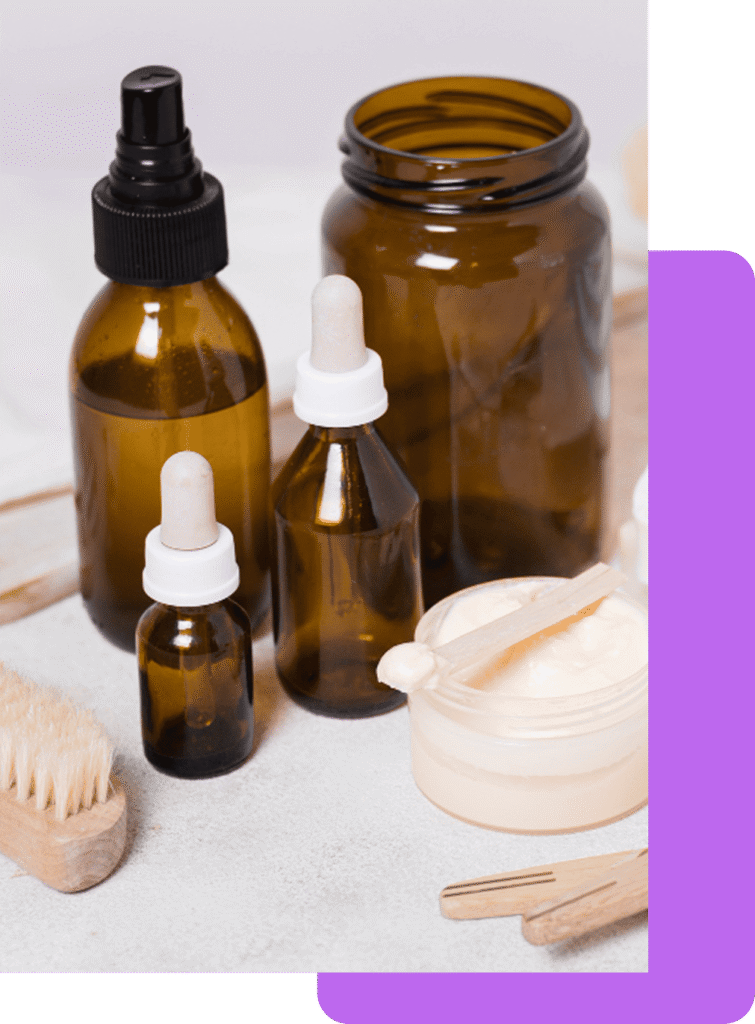Cosmetic Safety Assessment in Canada
Launching a cosmetic product in Canada demands proof of compliance with Health Canada’s safety and labeling standards. Rely on Sobel to have a complete safety assessment report that helps you identify risks, detect regulatory gaps, and adjust your product before it reaches the market.
- Cosmetic manufacturers preparing to enter the Canadian market;
- International brands exporting products to Canada;
- Companies that need to validate formulation, labeling, and documentation against Health Canada rules.

With Sobel, you’re truly prepared for a compliant product launch in Canada.

Why do you need this service?
Health Canada requires both safety and evidence for cosmetics, and even small compliance gaps can block or delay your product launch.
Sobel helps you detect risks early — from restricted ingredients to missing bilingual labeling — saving you from costly recalls or rejections.
A professional cosmetic safety assessment strengthens your reputation with regulators and consumers, showing that your brand prioritizes compliance and safety.
A complete cosmetic safety assessment in Canada
With Sobel, your product is reviewed against Health Canada’s requirements, and you receive a clear roadmap to correct issues before they become problems.
Gain more confidence through clear risk evaluation and actionable recommendations for your cosmetics.
Related
Services
Partnering with Sobel means fewer compliance risks, faster approvals, and greater confidence in your product’s Canadian launch.
You can also rely on our other services:
Evidence of Safety Report
We compile the safety data to create a dossier certifying your cosmetic product’s safety.
Label Compliance Review
Ensure bilingual labeling compliance (EN/FR) and INCI ingredient listing requirements.
Cosmetic Ingredient Review
Cosmetic formulation review to ensure alignment with Health Canada’s Hotlist.
Your trusted partner for cosmetic Safety Assessment in Canada
Sobel helps you identify regulatory risks and compliance gaps in your cosmetic products — from formulation to labeling and documentation.
With our gap analysis report, you gain clarity, actionable recommendations, and confidence for a smooth entry into the Canadian market.
1. Is a cosmetic safety assessment mandatory in Canada?
Yes. Health Canada requires all cosmetic products to comply with the Cosmetic Regulations and to be supported by safety and labeling evidence. A cosmetic safety assessment helps identify risks and align your product before submission.
2. What does a cosmetic safety assessment cover?
At Sobel, it includes a review of your product’s formulation against the Cosmetic Ingredient Hotlist, verification of bilingual labeling, and checks on claims and documentation to detect compliance gaps.
3. Does the assessment replace toxicological studies?
No. A cosmetic safety assessment highlights missing safety evidence and potential risks but does not replace a full toxicological risk evaluation. When necessary, Sobel indicates additional tests or data you may need.
4. Why should I conduct the assessment before launching in Canada?
Early identification of gaps avoids costly recalls, product rejections, or delays with Health Canada. Correcting issues upfront saves time and protects your brand’s reputation.
5. How does Sobel support my cosmetic safety assessment in Canada?
Sobel provides expert analysis of formulations, labels, and documentation, delivering a clear gap analysis report with actionable recommendations to bring your product into compliance with Health Canada standards.

